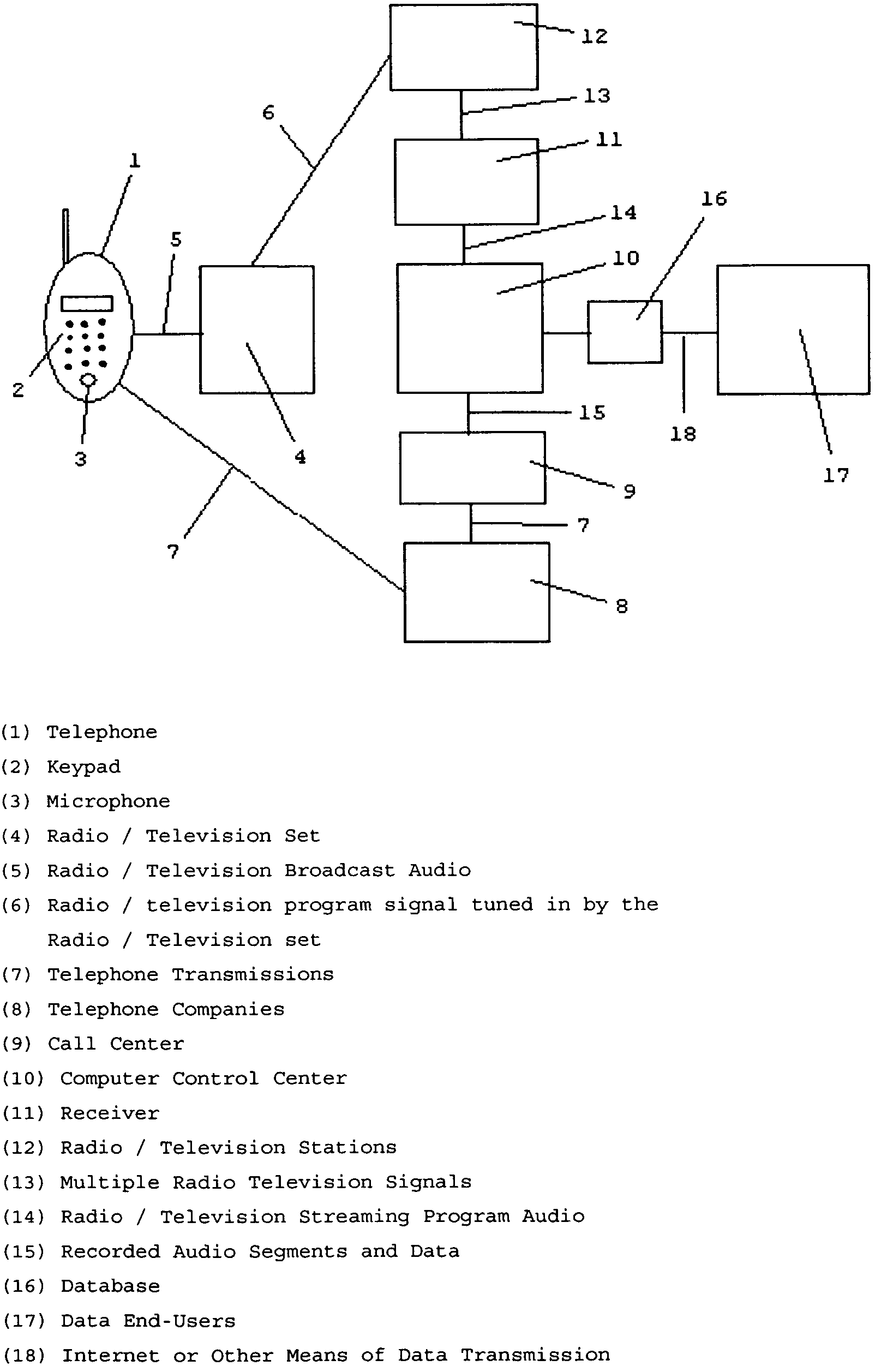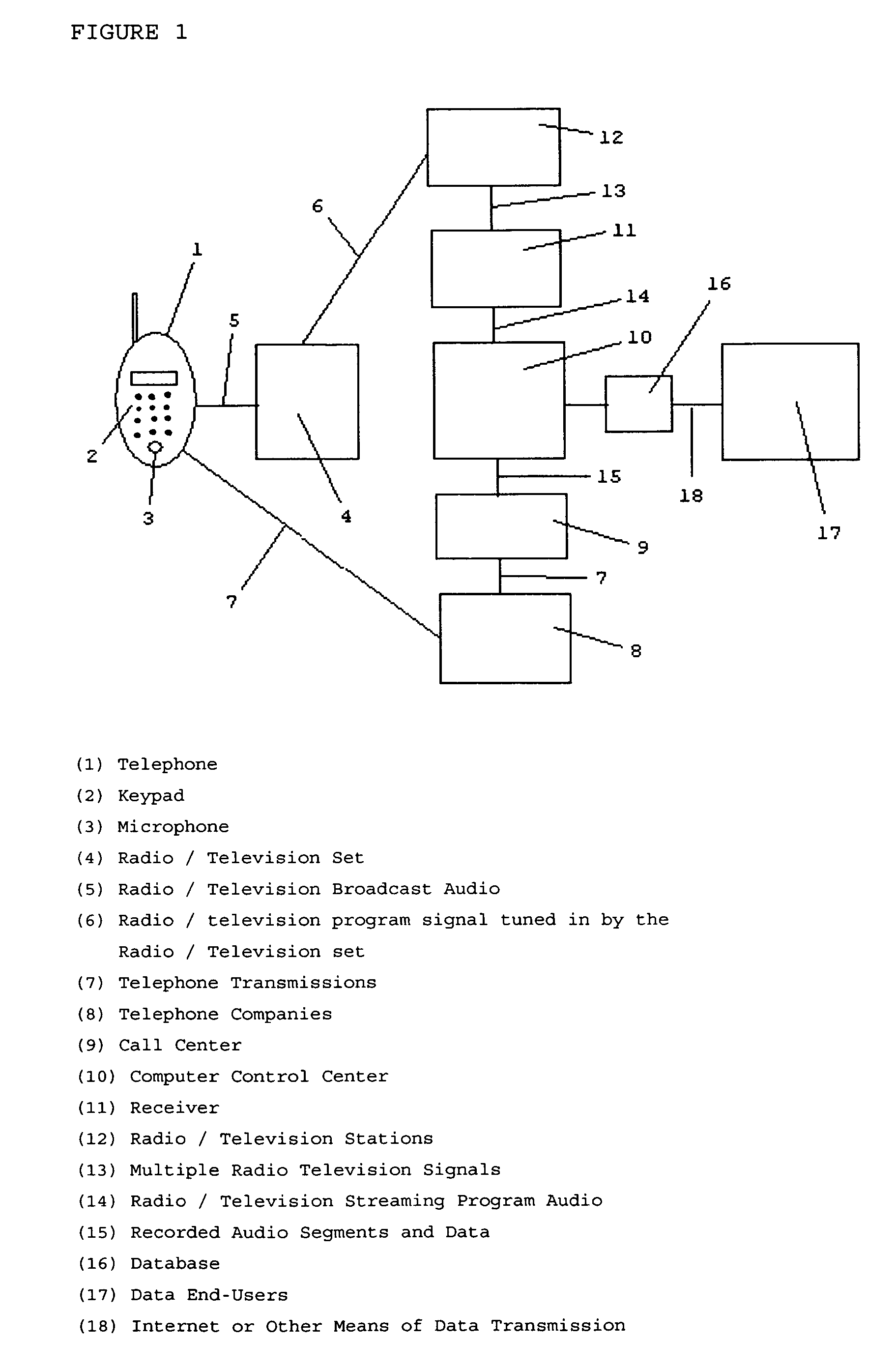Poor “ratings” (i.e., low listenership or viewership compared to other radio and television broadcast stations in a particular market, as determined by a ratings company like Arbitron) for its
programming may actually put a radio or
television station out of business, as again, advertising revenues for commercial broadcast stations are their life-blood and are tied to these “ratings.
Especially large, corporate broadcast companies like Clear Channel Communications, Inc. of San Antonio, Tex., which owns hundreds of radio and television stations across America, have complained publicly and bitterly for many years about the highly untimely (i.e., quarterly reports) and inaccurate data and the exorbitant cost of obtaining radio listener data from Arbitron.
The proponents of some of these devices expect them to be worn or carried around by radio listeners, despite having no other useful purpose.
The expense to develop, test and
mass produce said specialized electronic devices and other
signal encoding equipment that must be employed under some proposals by radio and television broadcast stations for said specialized electronic devices to work, will increase the expense of obtaining ratings data by end-users, exponentially.
And, if a radio listener or television viewer actually is listening to or viewing said detected radio and
television programming, said specialized electronic devices are unable to determine and the duration of said radio listening and television viewing.
Many in the radio industry view the Arbitron paper
system as outdated and inadequate.
This is because this
system's output lacks depth and has a many months-long
lag time for generating reports.
The Arbitron paper process is also vulnerable to bias and fraud.
Further, if a person with fraudulent intentions obtains one or more diaries and skews them towards a particular
station, this compromises the statistical integrity of the process.
Despite these current limitations, radio broadcasters and other subscribers for listener statistics continue to use the flawed Arbitron
system because alternative rating services are not available.
The PPM, however, still faces several shortcomings such as lack of in-depth information recorded, contaminated data due to stray broadcast signals, expense of installing PPM
signal embedding devices in multiple broadcast points, the inability to distinguish between those listening and those merely hearing a broadcast and skewed data due to unsightly visual presence of the PPM device on survey participants.
Both methods, however, suffer from shortcomings.
The “sniffer” method's shortcomings include the fact that different radio manufacturers have different IF frequencies (i.e., there are no standards for IF frequencies), and that some radio manufacturers do not have local PLL for AM radio stations, which makes them impossible to measure.
The
comparator method's shortcomings include the fact that it takes too much time (i.e., typically ten seconds or more) to find the selected station—which is disadvantageous if the vehicle's occupants have subsequently changed stations again.
That approach has no listener interaction and no way to determine whether a radio or television source is merely being monitored or actually being listened to.
Moreover the encoding approach is untested and believed to be unreliable today.
The
smart phone will also suffer from some of the same drawbacks present with the Arbitron PPM as encoded signals are used.
That is conclusion from media reports of field testing of the Media Audit / Ipsos “
smart phone” in the United Kingdom which were less than favorable.
One shortcoming of all other competing approaches to the invention, including the approach to television ratings used by Nielsen Media Research of New York, N.Y., and the Nielson “go-meter” is that they all require large capital investments for specially manufactured equipment, undoubtedly driving the cost of the needed listenership and viewership information beyond the reach of smaller radio and television broadcasters.
Indeed, Arbitron has already announced its PPM will result in significantly more expensive market data costs to its customers.
Moreover, the approaches that use encoding of signals in a particular market may not be able to truly obtain full market survey coverage in broadcast markets where, for example, clear channel, 50 KW am stations hundreds of miles away from listeners also service said particular market or in the case smaller broadcasters who may not be able to afford the encoding technology or choose not to utilize the particular encoding approach utilized by a ratings company.
Ordinary people will not routinely bring objects like the Arbitron PPM, which has no other useful purpose, with them when they leave their homes.
The Nielsen Media
Research system does not provide for capturing viewership data for television audiences outside their own homes.
As mentioned above, the said “sniffer” method's shortcomings include the fact that different radio manufacturers have different IF frequencies (i.e., there are no standards for IF frequencies), and that some radio manufacturers do not have local PLL for AM radio stations, which makes them impossible to measure.
The
comparator method's shortcomings include the fact that it takes too much time (i.e., typically ten seconds or more) to find the selected station—which is disadvantageous if the vehicle's occupants have subsequently changed stations again.
The unattended PPM or Neilsen Media Research apparatus can give false measurements of true radio listening or television viewing, respectively, with no person being present.
 Login to View More
Login to View More  Login to View More
Login to View More 

